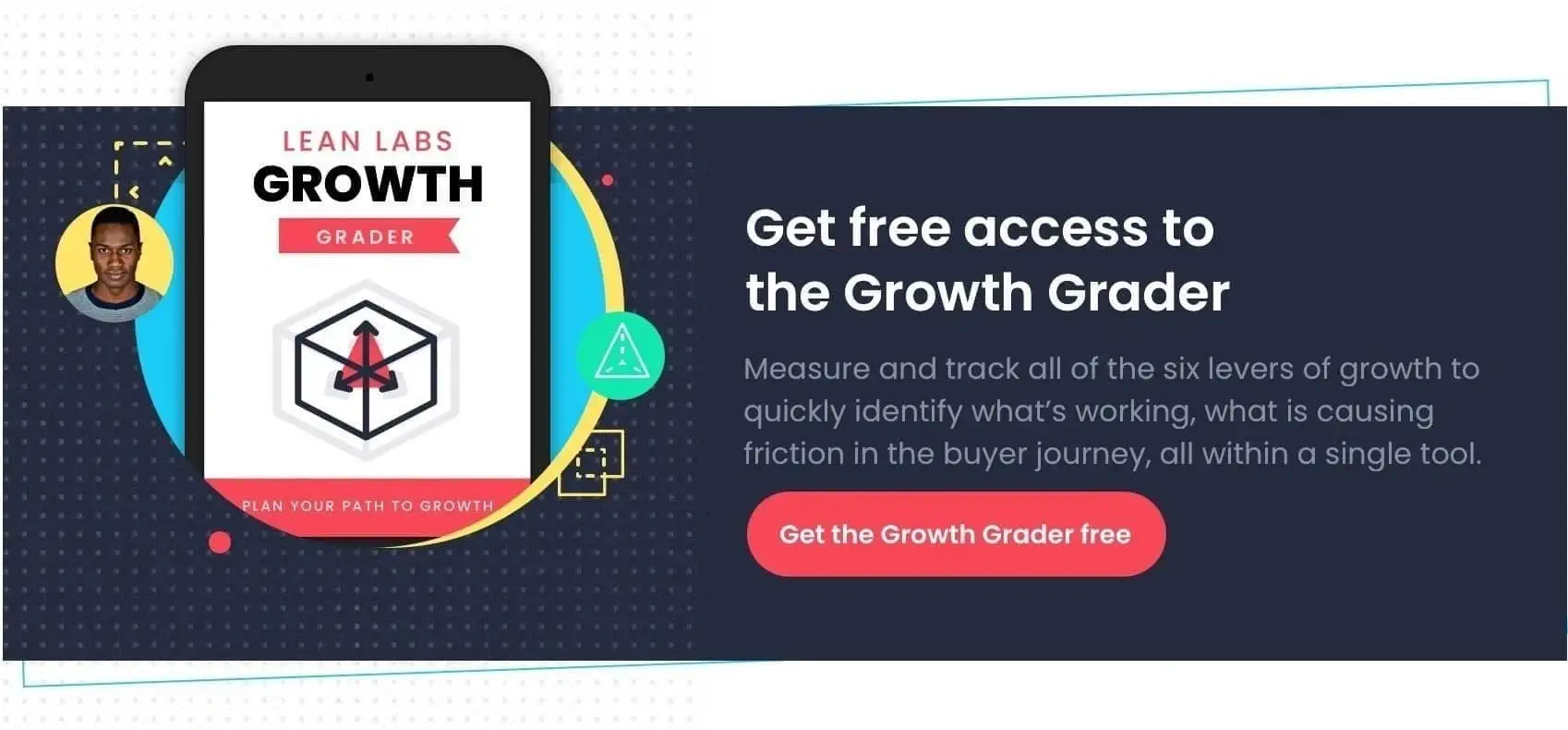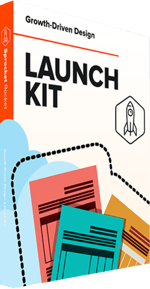How the Customer Acquisition Funnel Changed in 2021

December 15, 2021

Every marketing and sales leader has faced this question: what do you do when you’re not hitting your KPIs?
Maybe you’re not getting as much return on ad spend as you used to. Or you feel like your B2B lead generation strategy is lagging. Or you can’t get enough meetings with qualified prospects. The next question to ask yourself is, “What should I do to fix it?”
The answer most likely lies in your customer acquisition funnel. The events of 2020 and 2021 have shown that the continued growth in ad costs and competition means your acquisition tactics and sales funnel need to evolve. Here’s where to start.
5 Reasons Your Customer Acquisition Funnel Must Evolve
Before we get into how customer acquisition funnels have changed, let’s establish what a customer acquisition funnel is. In essence, your business’s customer acquisition funnel is the process by which you turn prospective leads into full-blown customers.
Traditionally, businesses have approached their funnel from a quantity-first mindset. After all, if we pump more people into the front end of our funnel, that increases the number that will emerge as SQLs or customers later on, right?
Not necessarily.
The market has made significant shifts in recent years. In the past, it may have been relatively simple to rank in Google search results or throw down some cash for an advertisement that could generate thousands of clicks. But these days, there’s a lot more competition when it comes to content. Your target market is constantly bombarded with information, and getting your ads or posts to stand out gets more challenging with each passing year.
What does this mean for you? You guessed it: You need to rethink your strategy.
An ad or two may get you some numbers in the short term, but if you want to run an effective, long-term customer acquisition strategy, you need to take a more focused approach. Lean Labs has been at the forefront of the full-funnel marketing game for years. So if you’re interested in learning some of our tips and tricks straight from the horse’s mouth, download our Lead Generation Resource Pack.
Now, let’s dive into five hard truths you need to know about how the customer acquisition funnel has changed.
1. Marketing Fundamentals are a Greater Indicator of Success than Your Ad Budget
No matter what industry you’re in or what your market looks like, the fact of the matter is that your customers have tons of options. That being said, no matter how unique your product is, you can’t count on the product to speak for itself. Likewise, if you just throw all your money into ad spend, expecting to see 10x results, you’re going to find yourself disappointed.
So, what can you do?
Today’s consumers (both B2B and B2C) choose brands that understand them. They want to work with and support brands that demonstrate that their pain points have been heard. Furthermore, they want brands that promise to solve those pain points and then deliver on that promise. Simply put, the brands that execute their marketing fundamentals to a T, win.
Proper positioning will get your product in front of the right sets of eyes. A unique value proposition (UVP) will ensure that those potential customers see how your product is different from all the other solutions they’ve seen on the market. A solid understanding of your buyer’s journey helps you demonstrate to your potential leads that you understand what they need from your product.
The next step is developing a growth strategy that can produce consistent results over time - and scale with your business. In other words, taking the time upfront to lay down a solid foundation for your marketing strategy will ensure that the top of your funnel sees higher-quality prospects with more potential to convert.
2. Owned Audiences are Essential
If you’ve invested advertising dollars into Google, Facebook, or other similar platforms lately, you’ve probably noticed a troubling pattern. The prices just keep ticking up-up-up.
The reason for this is simple economics. Consumers across demographics are moving into digital spaces. This means that there is more competition among brands for ads in those same spaces. If you strike gold with an ad concept that goes viral, you may have some luck, but otherwise, if you’re looking to own your audience using ad spend, you better come armed with a hefty budget.
Let’s say you manage to buy your way up to the top dog position in the sponsored Google section of your space. You’ll only hold that position for as long as you have the money to pour into those ads. As soon as you turn those ads off, all your traffic goes with it.
A better - though slower - strategy is to invest in the time and workforce needed to grow domain authority organically in your space. Share your expertise with your audience through evergreen content in the form of blog posts, podcasts, email lists, and more. Provide enough genuine value to readers and listeners that they will share your content with others through social media and backlinks.
With this strategy, you might just be able to work your way up onto page one of Google without spending a dime on ads, all while positioning yourself as a thought leader in your industry. That sounds like a win-win to me.
3. Targeted and Niche > The Shotgun Blast Approach
At its core, the customer acquisition funnel is all about moving potential prospects from a visitor, to a lead, to an MQL, to an SQL, to an opportunity, all the way to a closed sale.
As discussed above, one strategy for getting the most people to reach that “closed sale” status is to take the shotgun blast approach, jamming as many visitors into the top of your funnel as possible. Sure, only a small percentage of your visitors end up closing, but a small percentage of a big number can still be a big number.
True. But we would like to propose another method: A more targeted approach.
Define the qualities that make up your ideal customer. What problems do they have that you could help solve? What anxieties and fears will hold them back from pursuing that solution? What motivates them? With this information in hand, you can get specific with your audience targeting, messaging, and strategies. You’ll be better equipped to target leads based on quality rather than quantity.
After all, a big percentage of a smaller number can be a big number, too. And it comes with less churn and less ad spend.
4. “Lead Nurturing” Cannot Just be Email Sequences
There’s a good reason that the word “omnichannel” has been buzzing around in recent years. Consumers across have been changing the way they consume media and increasingly exploring multiple platforms. Even Baby Boomers - a notoriously tech-averse group - spend time reading blogs or watching videos about products or services.
So, while email is still an important tool to leverage for your nurturing efforts, it can’t be the only tool you use. What other tools should you explore? The answer to that question will depend entirely upon your audience and what they’ll find most useful. Blog posts, guides, consultations, and demos are all great examples of multi-channel approaches to lead nurturing.
The days of throwing your leads into a trigger-driven drip sequence are over. The way to wow your leads and turn them into customers today is to provide them with information of value that aligns with the problems you can help them solve.
Related Read: Overcoming the Most Common Lead Nurturing Challenges
5. Customer Acquisition Funnels Play a Bigger Role in Retention
Once the customer is in the door, your job as a marketer is done, right? Just kidding. We know that’s not true at all - after all, retention is far cheaper than new customer acquisition, so keeping hold of the customers we’ve already won is just as important as bringing in new ones.
Here at Lean Labs, we define marketing as “changing beliefs with the intent of making a sale.”
We don’t just want to throw products in front of an audience and hope they’ll pull the trigger. We understand the importance of nailing your brand positioning strategy, UVP, and buyer journey. Taking these steps doesn’t just bring in traffic or generate leads - it changes the way you do business as a whole.
If you invest the time and energy to set up these dominoes from the start, you’ll not only bring in prospects that are a great fit, but you’ll help instill belief in your brand in them. As long as your brand keeps making good on the things it’s promising them, you’ll be able to create a fan for life.
Your Approach to Customer Acquisition Must Evolve
So, there you have it. The old approach to the customer acquisition funnel is outdated and inefficient. Sinking your time and money into efforts based on this old model won’t get you the results you’re looking for in the current market. Instead, you need to focus on pursuing quality leads, maximizing the value you provide those leads, and working to change their beliefs to incorporate your brand’s vision.
You can do this through proper positioning, a killer UVP, nailing the buyer journey from the get-go, and delivering messaging that shifts the paradigm. This shows your potential customers what’s possible… if only they partner with your brand.
Now, the only question left is, how do you measure success using this method? Luckily, we have the answer. Check out our Growth Grader to see how you’re performing on six key metrics related to this new approach to customer acquisition. With this information in hand, you can see what’s causing hold-ups in your buyer journey and take targeted action to fix them.


Comments